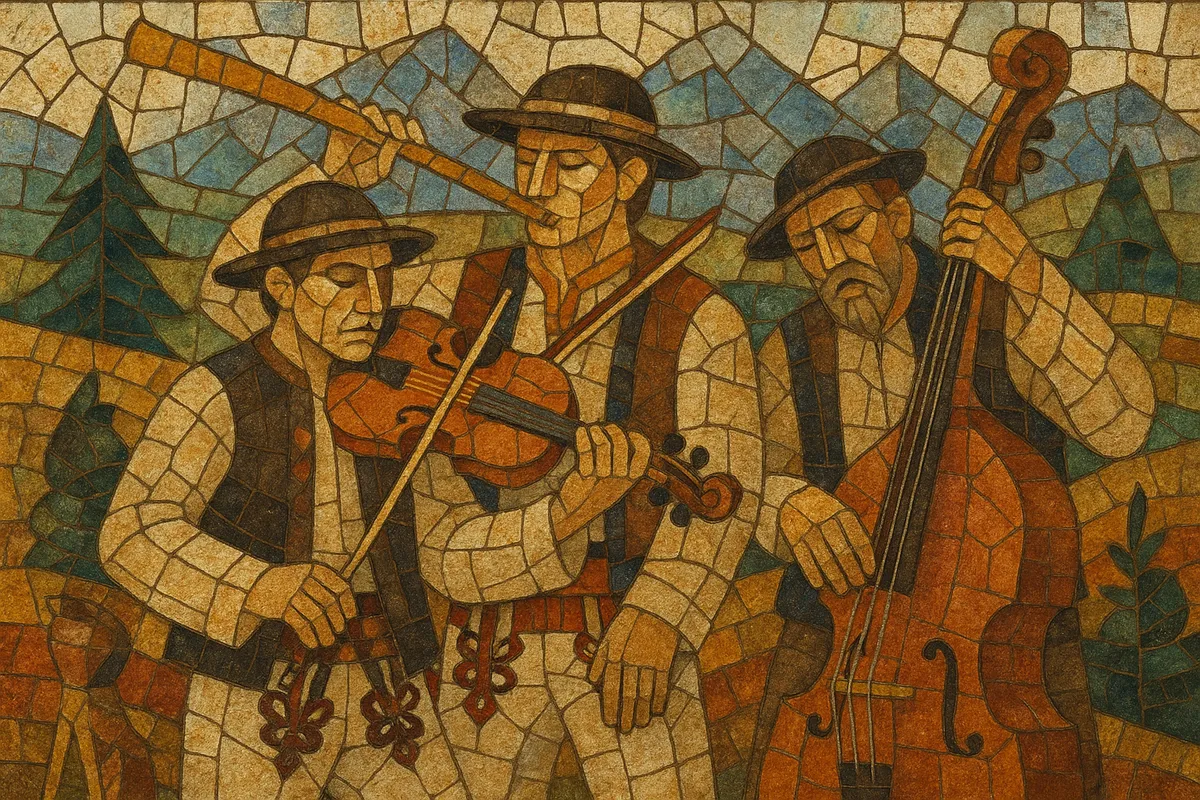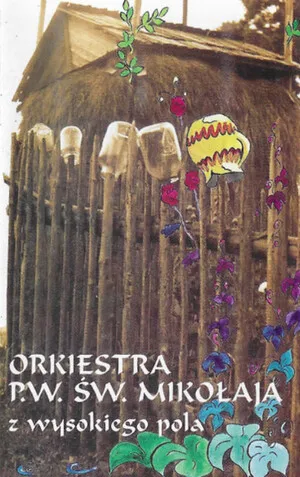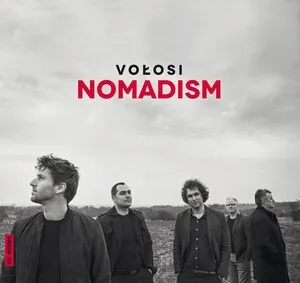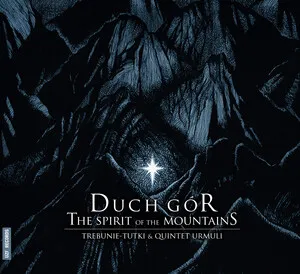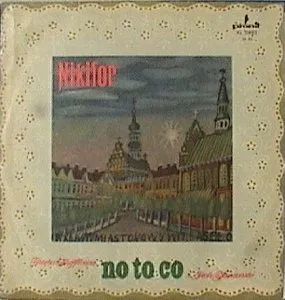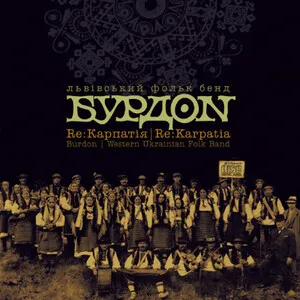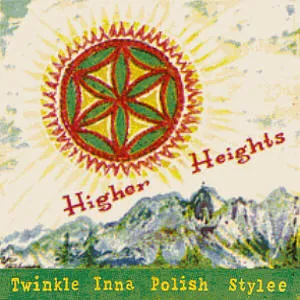Goral music is the traditional folk music of the Polish highlanders (Górale) from the Podhale region in the Tatra Mountains, with close kinship to highland traditions across northern Slovakia and parts of southern Poland.
It is typically performed by a góralska kapela (highlander string band) centered on an intensely ornamented lead fiddle (prym), a rhythm fiddle (sekund) playing strong double-stops and open fifths, and a bass (basy) providing a droning I–V foundation. The sound is raw, penetrating, and highly rhythmic, often accompanied by shepherd’s flutes (fujarka), regional bagpipes (koza), and the long wooden alpine horn (trombita).
Melodically, Goral tunes use modal collections characteristic of Podhale, frequently mixing major with a raised fourth (Lydian color) and a lowered seventh (Mixolydian color), and rely on heterophonic textures in which multiple instruments ornament the same tune differently. The repertoire includes vigorous dance forms (krzesany, obyrtka, zbójnicki) and expressive solo songs (zaśpiew) on themes of mountains, love, shepherd life, and brigand lore.
The roots of Goral music lie in the pastoral and shepherd culture of the Tatra highlands. By the 18th and early 19th centuries, distinctive highlander ensembles and song types were already recognizable in the Podhale region. Music functioned as a living part of daily life—marking dances, seasonal rituals, weddings, and work in the mountains—and absorbed elements from neighboring Carpathian cultures through trade and migration.
During the 1800s, the characteristic string-band lineup—lead fiddle, rhythm fiddle, and basy—became the core performance unit. Repertoires of "nuty" (tune types) such as krzesany, drobny, obyrtka, and the heroic zbójnicki took on codified steps and bowing patterns. Modal features associated with Podhale (Lydian inflections, Mixolydian sevenths, drones, and parallel fifths) set the style apart from lowland Polish dances.
The 20th century brought stage presentation, regional festivals (notably in Zakopane), and ethnographic documentation that preserved and popularized the tradition. Postwar folk ensembles standardized certain forms for performance while village bands kept local variants alive. In the late 20th century, professional groups and family ensembles began touring, recording, and collaborating with classical and jazz musicians.
From the 1990s onward, Goral music entered broader world-music circuits. Ensembles forged partnerships with reggae, rock, and electronic artists, showcasing the adaptability of the highland string-band groove. Today, Goral music thrives both as a living village tradition at weddings and dances and as a contemporary stage art, with young artists blending Podhale bowing, modal color, and mountain poetics with pop, rock, and EDM.

